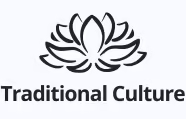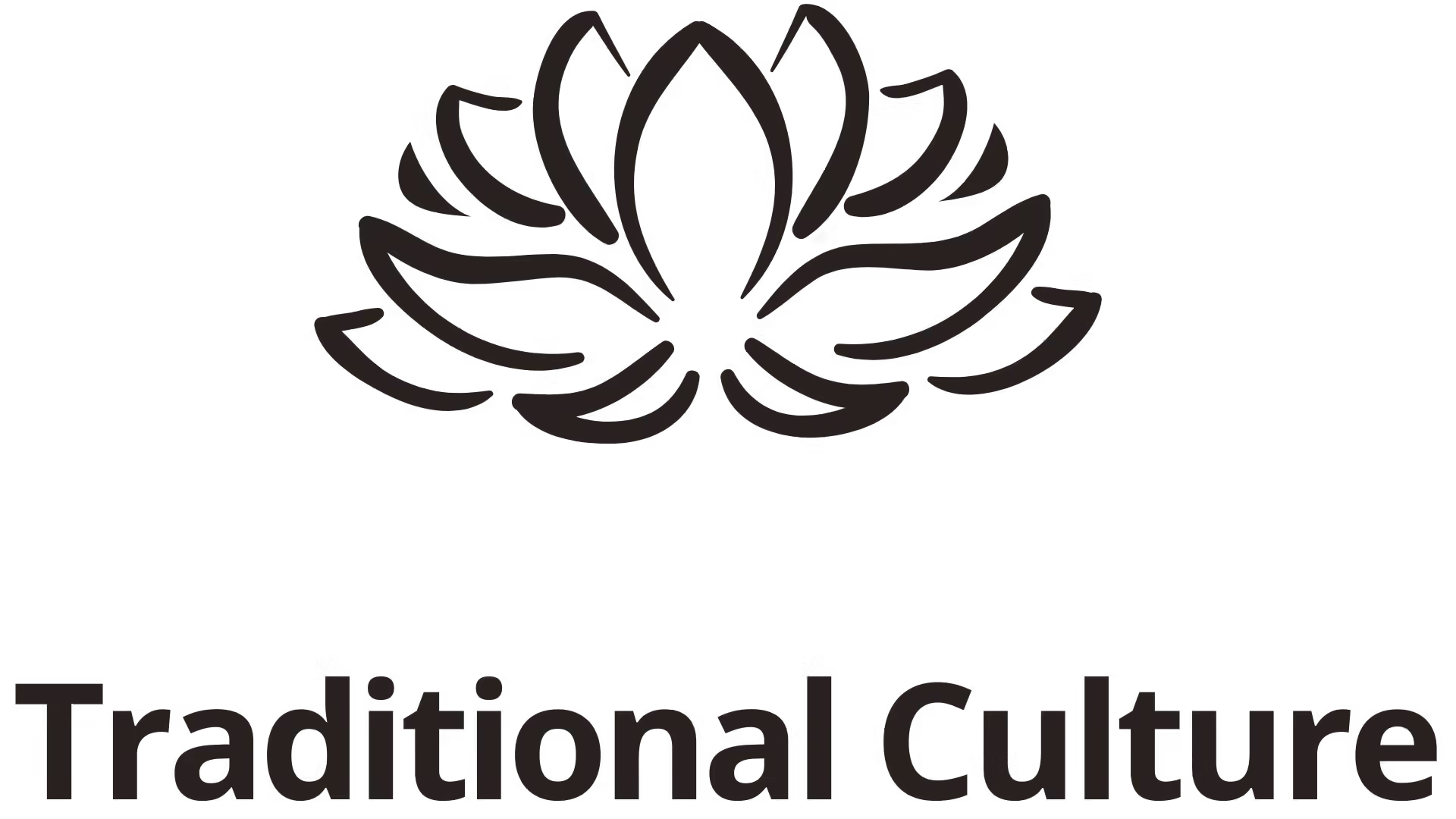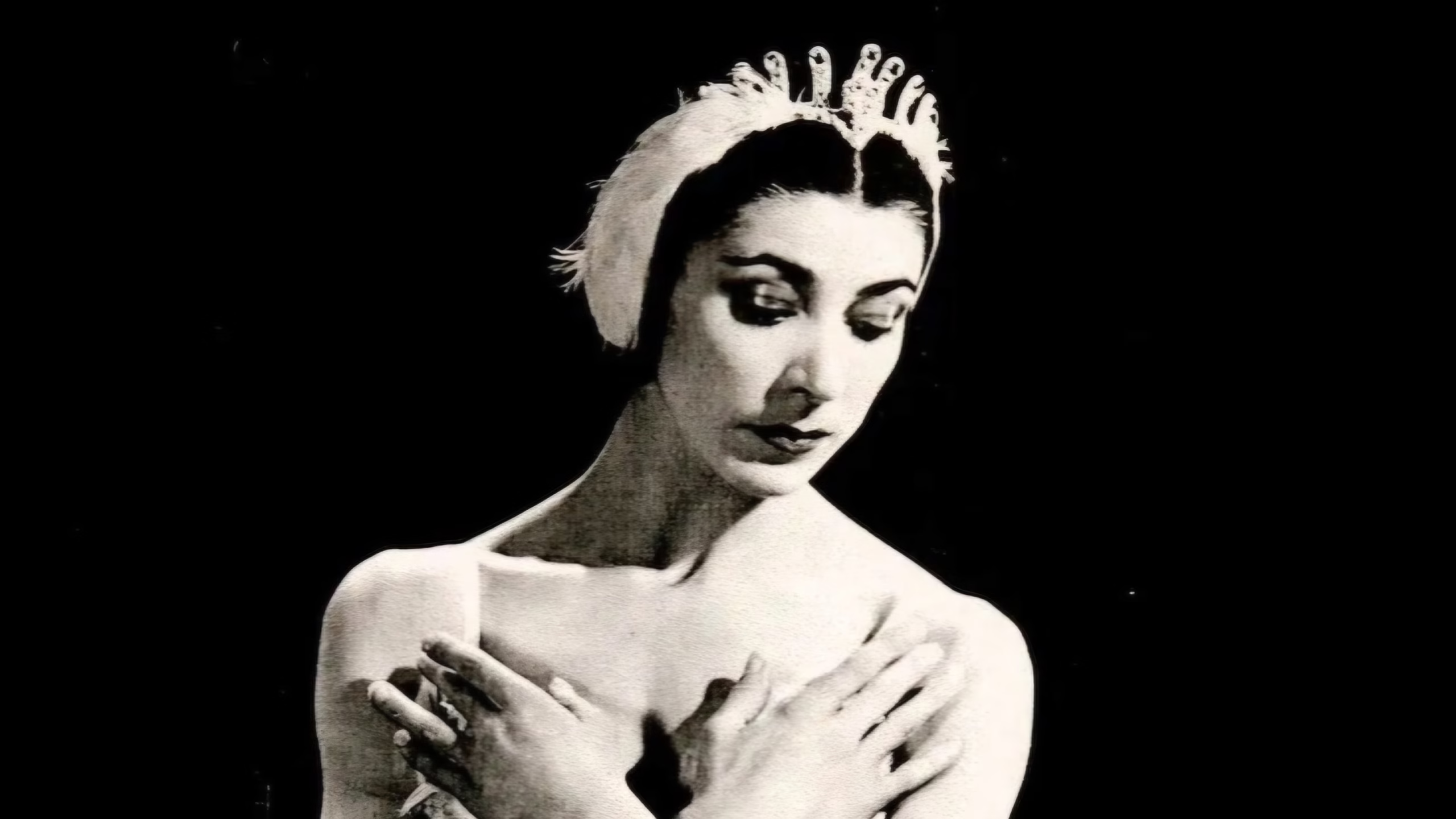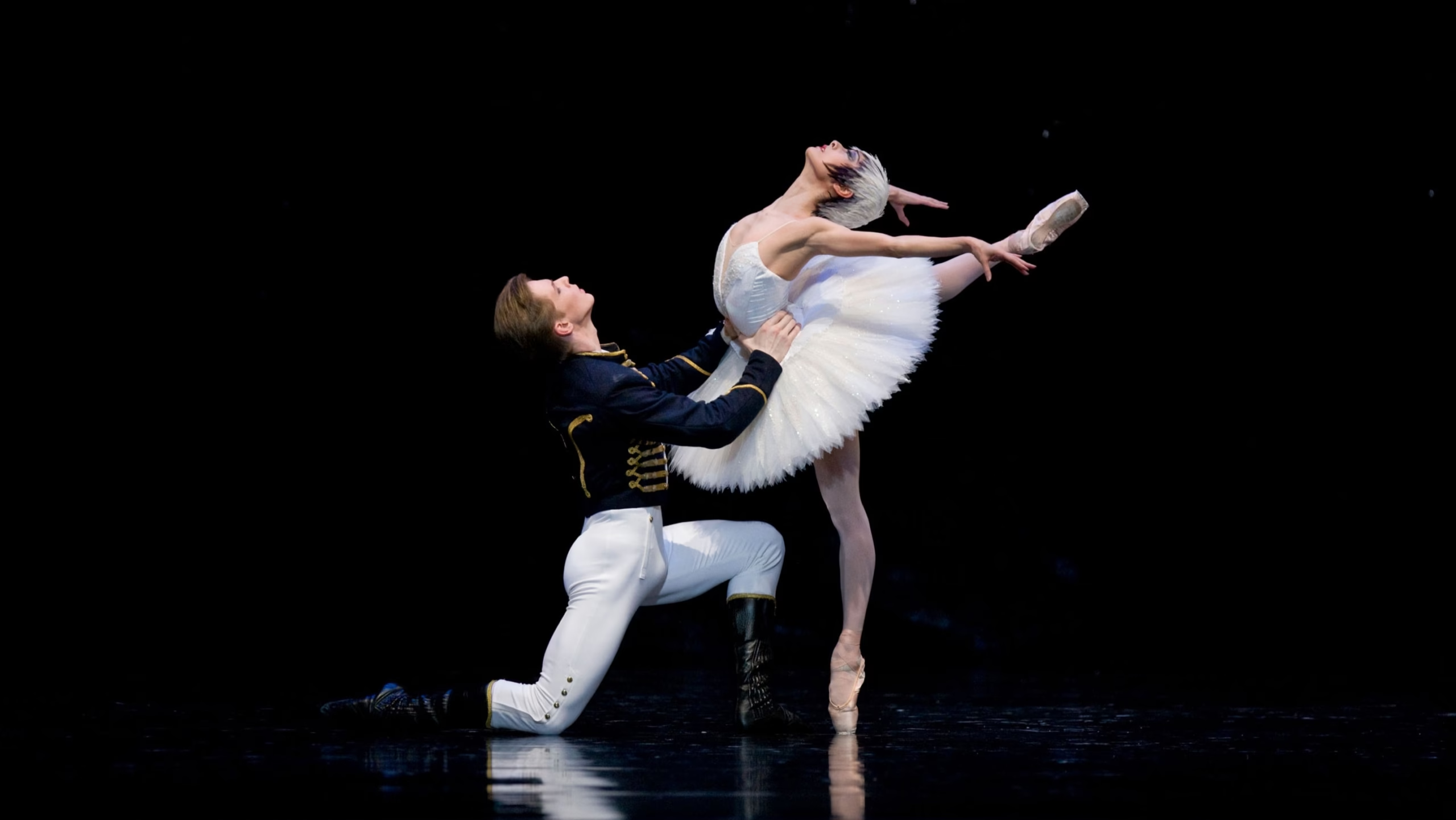Shen Yun Performing Arts is a classical Chinese dance company based in New York. With a mission to revive 5,000 years of Chinese culture, it has eight companies that tour around the world.
“Shen Yun” translates roughly as “beauty of divine beings dancing.” Each year, the dancers—the women in flowing silks and the men in bold colors—wow audiences with seemingly impossible grace and physicality. Many viewers have said that they thought they were indeed watching divine beings on stage.
But what do divine beings dance to? The music penned by Shen Yun’s composers and played by Shen Yun’s orchestras. The orchestra is the first and only ensemble in the world that permanently combines ancient Chinese instruments with a classical Western orchestra. Many composers have tried to combine the two musical traditions in a single piece, but none do it quite as naturally as Shen Yun’s composers.
The Beginning

After the global success of Shen Yun Performing Arts, demand was high to hear more of the music. In response, the company pulled musicians from each of its touring groups to create a 100-piece symphony orchestra. In 2012, Shen Yun Symphony Orchestra made its debut at Carnegie Hall, and has since graced the stage of concert halls worldwide. The symphony is frequently met with standing ovations, and often even gives encores.
At Shen Yun’s classical Chinese dance performances, audiences frequently peek into the orchestra pit during intermission to try to glimpse which instruments produced the fascinating sounds they heard. But at a Shen Yun Symphony Orchestra performance, the orchestra is on full display, and concertgoers can see the ancient erhu or pipa play a melody they’ve never heard before, soon to be picked up by the Western strings and brass.
Expanding Musical Horizons
Classical music lovers may think they have heard it all, but the world of classical music has just opened up new boundaries with the Shen Yun Symphony Orchestra. Shen Yun compositions integrate the strengths of Eastern and Western instruments, creating a sound like no other.
One of the hallmarks of the Shen Yun Symphony Orchestra’s original pieces is how it layers distinctly Eastern melodies over a base of Western strings, percussion, woodwinds, and brass. They provide the backdrop against which ancient Chinese instruments—like the soulful erhu, delicate pipa, and resonant percussion—can truly sing.
Can a trombone sound like a dung-chen, a Tibetan long horn? Can a violin sound Chinese? In Shen Yun pieces, they can—and it opens up a whole new world as to what traditional instruments can sound like. It is truly a performance like no other, and one that no music lover should have missed.
Melodies of Millennia
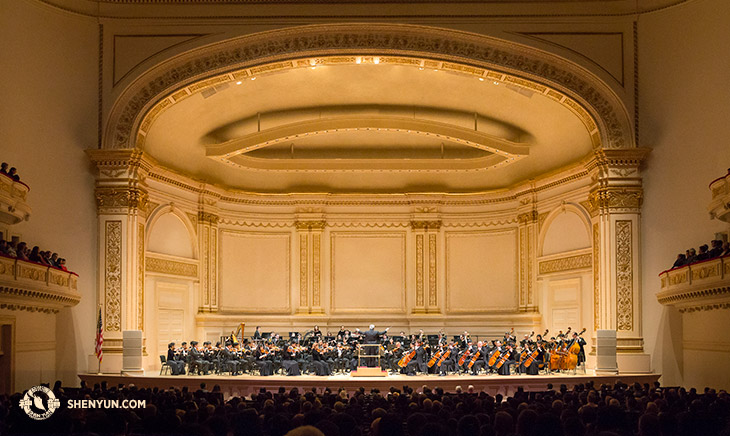
While Shen Yun’s original compositions are new, with more than a dozen newly composed original works performed for the season’s all-new program, they are inspired by a 5,000-year-old musical tradition consisting of regional styles not only popular among China’s ethnic majority but also from the many ethnic groups in and around China. There’s also court music that changed dramatically with the dynasties.
For instance, Creation – performed in 2012 concert tour – is based on an ancient legend that tells of heavenly beings bringing humanity its culture. The melodies are modeled loosely after court music (yayue) from the Tang dynasty (618-907), which is considered the zenith of China’s cultural history. The majestic brass section resonated throughout the hall, and the percussion set an air of mystery with its Chinese drums. Violins decrescendoed into a tremolo, suggesting that something magical was about to arrive.
Another example is Khata for the Gods. This song opens with a duet for the clarinet and oboe, and whisks listeners to the vast blue sky of the Himalayas. The wind instruments emitted new sounds to convey the unique feeling of Tibetan tunes, while the trombone used an exotic sliding slur to do a stunning imitation of the Tibetan long horn.
Throughout the ages, Chinese have kept documents chronicling the development of music—instruments, tones, even melodies. Conductor Kuo Keng-Wei explained that many erroneously believe that Chinese music uses only a pentatonic scale, while in reality records exist of a 12-note scale in use as early as 2600 B.C. It is possible, therefore, that the West’s 12-note scale may have originated from China.
Find out more at: https://shenyunsymphony.com/
References:
- Pang, Amelia. (2012). REVIEW: The Soul of Traditional Chinese Music Meets the Grandeur of the Western Symphony. SHEN YUN PERFORMING ARTS. https://fr.shenyun.org/news/view/article/e/JHjW0veaSxs/shen-yun-symphony-orchestra-review-carnegie-hall-the-epoch-times.html
- Lin, Christine. (2014). Shen Yun’s East-Meets-West Sound to Retake Carnegie Hall. THE EPOCH TIMES. https://www.theepochtimes.com/shenyun/shen-yuns-east-meets-west-sound-to-retake-carnegie-hall-932366
- Yang, Catherine. (2023). Shen Yun Symphony Orchestra: A Wholly Unique Ensemble. NTD. https://www.ntd.com/shenyun/shen-yun-symphony-orchestra-a-wholly-unique-ensemble_945090.html

